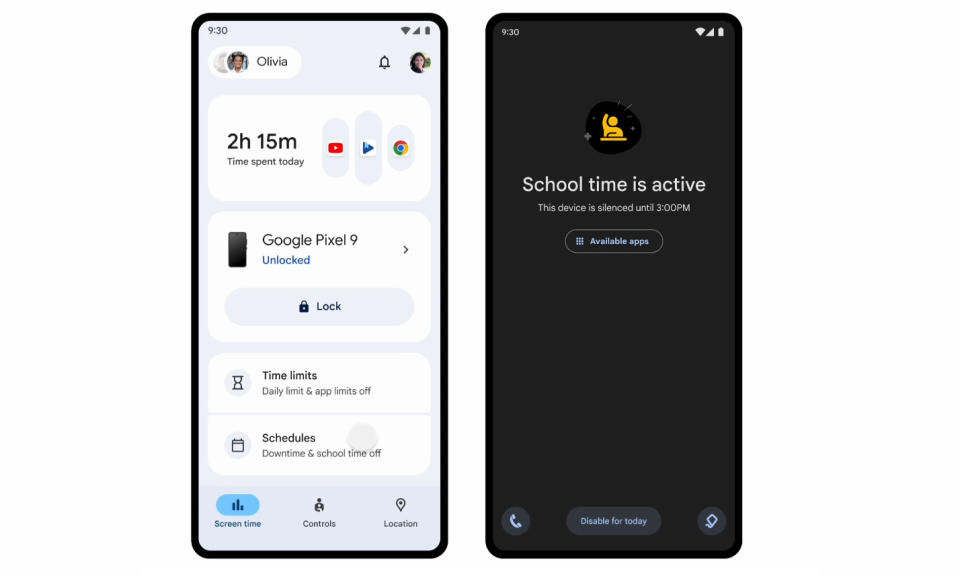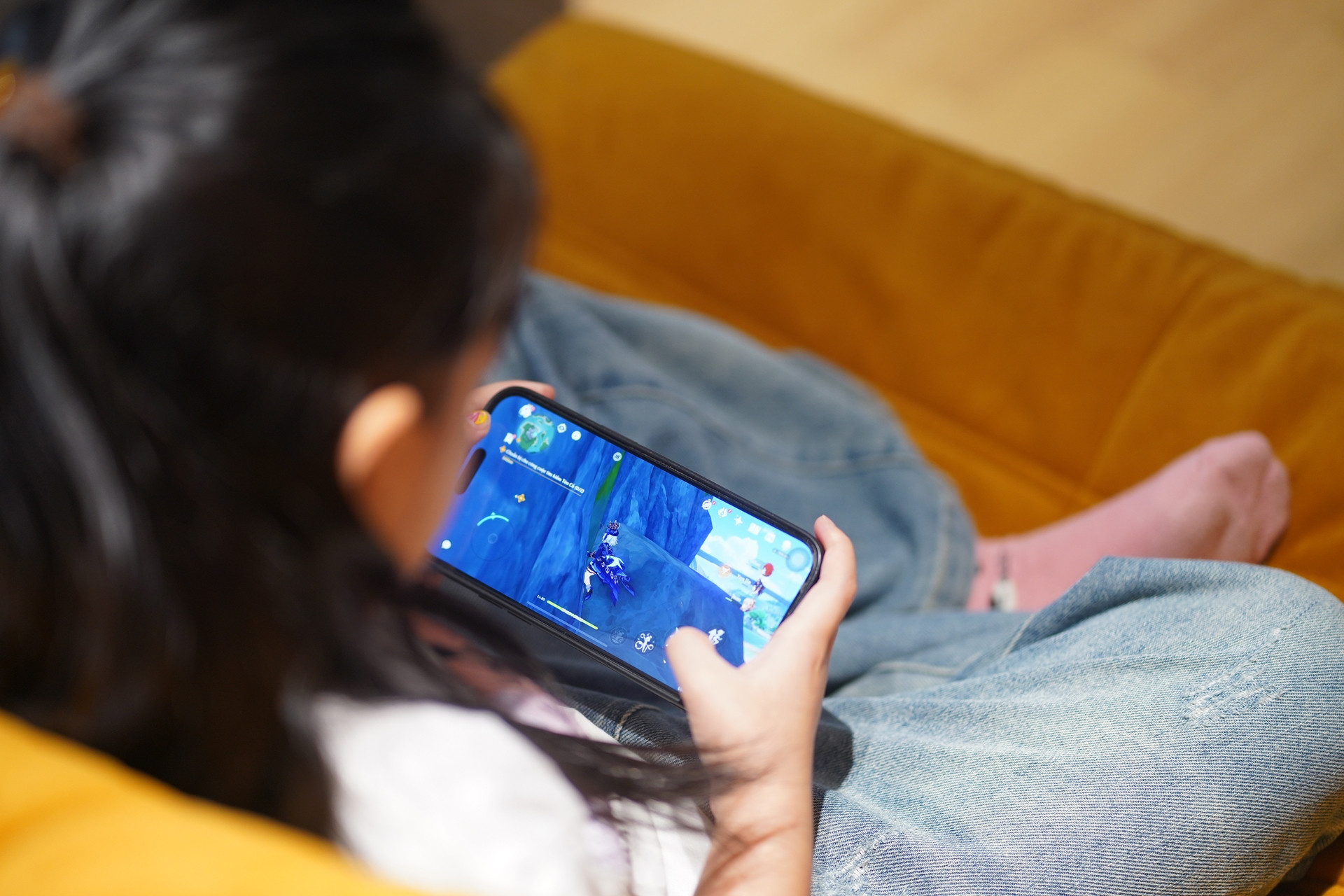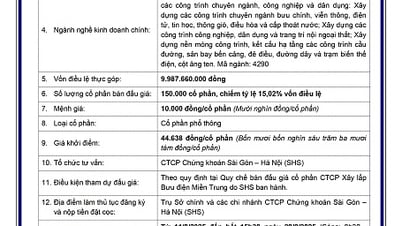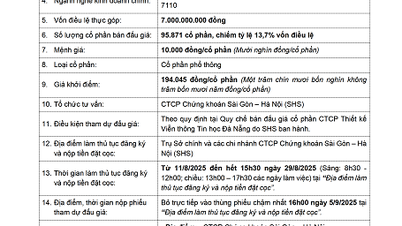Google will begin testing a machine learning feature that will prevent children from accessing inappropriate content on YouTube in the coming time.
“Age-estimated machine learning (ML) models” are used to predict whether a user is under 18 and then adjust the content filtering accordingly. The search giant’s announcement comes as the US Senate is considering a bill to ban children under 13 from using social media.
In Vietnam, YouTube is the most popular social video platform with more than 50 million users (as of the end of 2023). Meanwhile, the issue of protecting children online is also of concern to authorities.
Earlier this year, the Ministry of Information and Communications issued the "Code of Conduct on Child Protection in the Online Environment", regulating the behavior and responsibilities of individuals and organizations when participating in online activities.
In addition to the general set of rules applicable to everyone, the code also sets out rules for five groups of subjects: parents, childcare workers and teachers; online users; media organizations, businesses and online content creators; Internet service providers and platform providers; and children.
According to a survey by the Institute for Sustainable Development Management Research, nearly 64% of children participating in the survey said they learned about self-protection content and skills in the online environment through social networks.

Behavior-based age prediction algorithm
A spokesperson for the world's largest video-sharing platform confirmed that the ML model predicts a user's age based on data such as the type of information the account is searching for, the types of videos they watch, and the age setting on the account.
For example, if someone frequently searches for information about taxes or mortgages, then they are likely over 18 years old.
If the algorithm predicts a user is underage, YouTube will apply standard protections to provide a more appropriate experience.
Age restrictions also include the SafeSearch Filter, which blocks harmful content from appearing in query results.
YouTube said it will begin testing the filtering tool later this year and plans to roll it out globally by 2026.
Last year, Meta also announced it would use a “classification” tool to identify underage Instagram users posing as adults.
Add parental control feature
The School Time feature will also be available on Android smartphones and tablets. Previously, this feature was only available on the smartwatch app for Fitbit Ace LTE and Galaxy Watch Kids.
The app is part of Google's Family Link, which lets parents manage what software and features their kids can use while at school.
Parents can choose which apps are available, as well as allow call and text notifications from certain contacts. The idea is to minimize phone time, allowing kids to focus on other activities, while still being able to use the device in case of emergency.
The Android Family Link app allows parents to approve or deny contacts added to their child's device. Likewise, phone numbers can be optionally restricted for calls or messages.
Finally, Google says parents can integrate tap-to-pay into their kids’ Android smartphones, allowing them to authorize payments, add or remove linked cards, and view details of each transaction.

Source: https://vietnamnet.vn/them-cong-cu-bao-ve-tre-em-tren-khong-gian-mang-danh-cho-thiet-bi-android-2371173.html




































































































Comment (0)